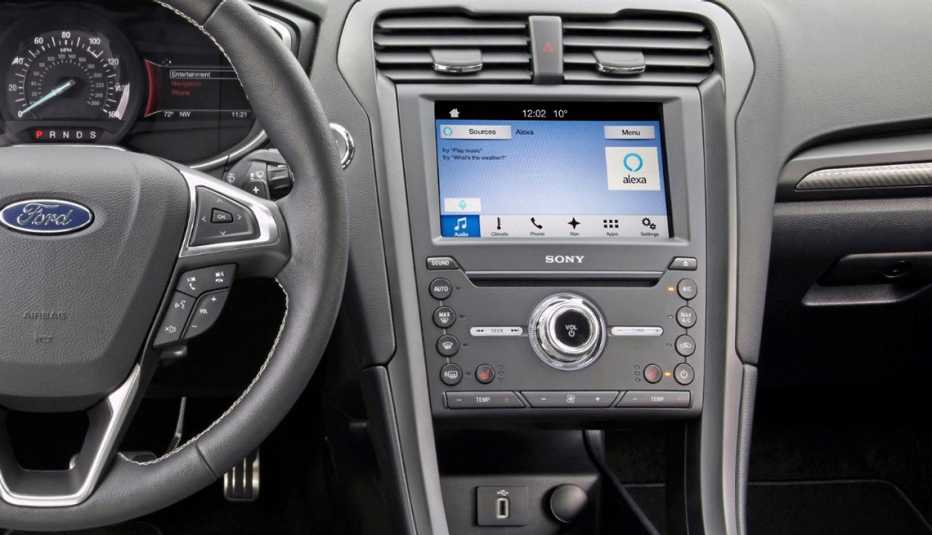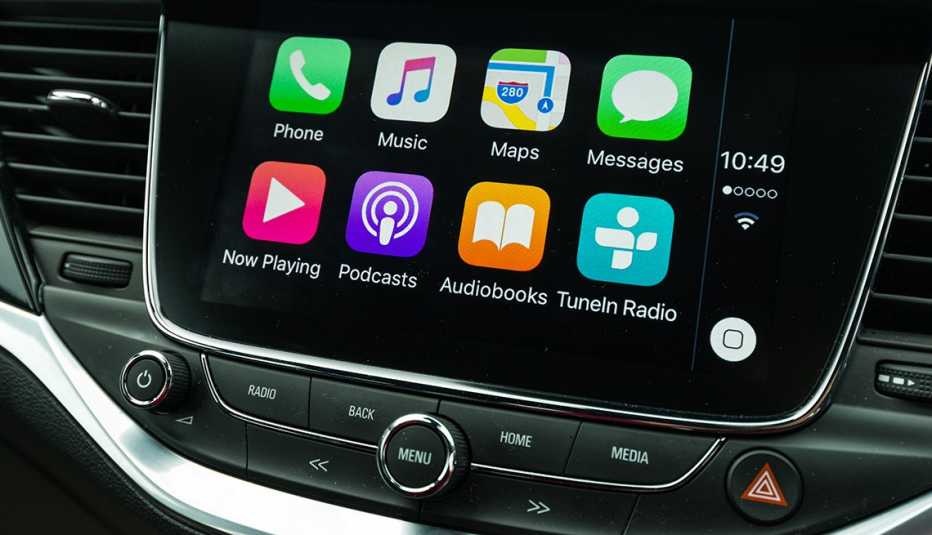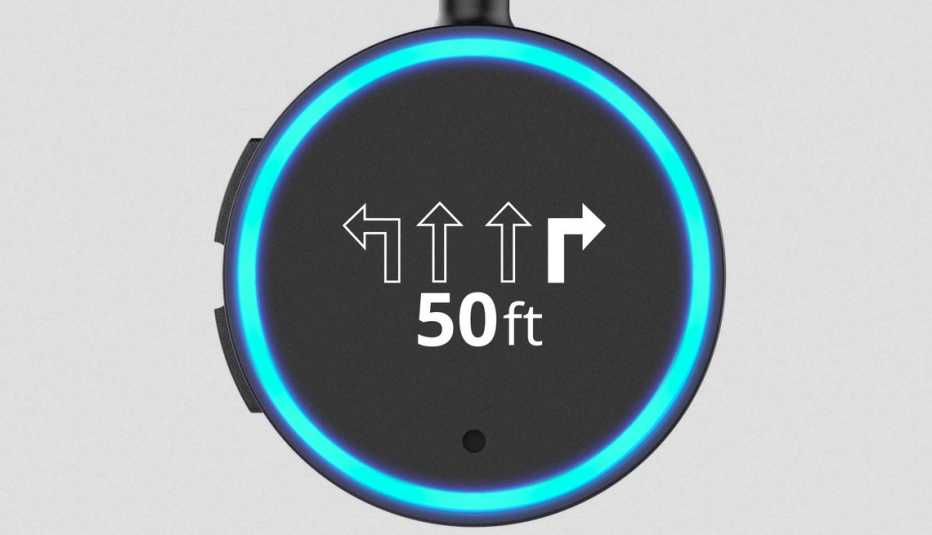AARP Hearing Center


Mobile apps and smart devices make it easier than ever before to control your world from your driver's seat. Whether you want to get the engine running remotely, run your favorite apps from the road or open the garage door before your commute is over, there are new ways to use voice commands to manage your life from your car — and, in some cases, also manage your car from your home.
'Alexa, start my car'
Thanks to integration with Amazon’s Alexa, there’s no need to be near your car to get it unlocked and ready to drive. Many newer cars from major manufacturers, including Ford, Toyota, Nissan and Hyundai, are compatible with Alexa, Amazon’s voice-controlled assistant that communicates through an Echo speaker.
If you have an Alexa-integrated car and an Echo at home, enabling your automaker’s Connected Car Alexa skill will let you control your vehicle from your kitchen table (or anywhere you like to keep your Echo) using voice commands. After you’ve set it up, you can ask Alexa to start or stop the engine and to lock or unlock doors without leaving the house. For instance: “Alexa, ask Chevrolet to start my car,” or, “Alexa, tell FordPass to lock my vehicle.”
Depending on your manufacturer, you might also be able to ask Alexa about other vehicle information, such as tire pressure and mileage, or to control your lights, trunk, and heating and cooling systems from afar — an especially useful option during extreme weather.



































































More From AARP
Are You as Smart as Your Car?
Test your knowledge of current car tech safety features